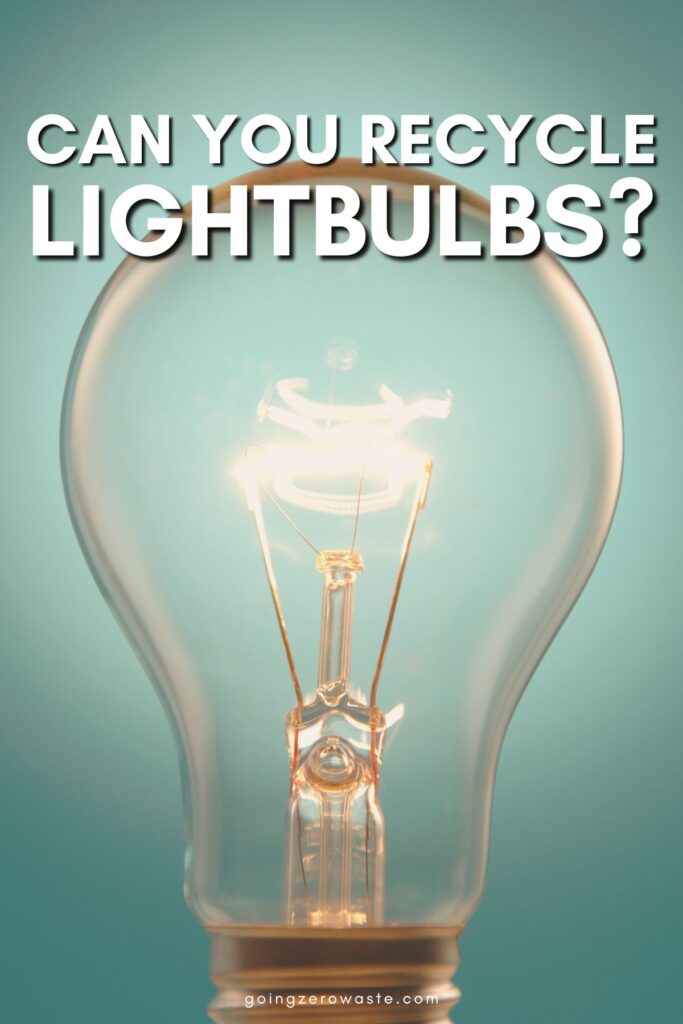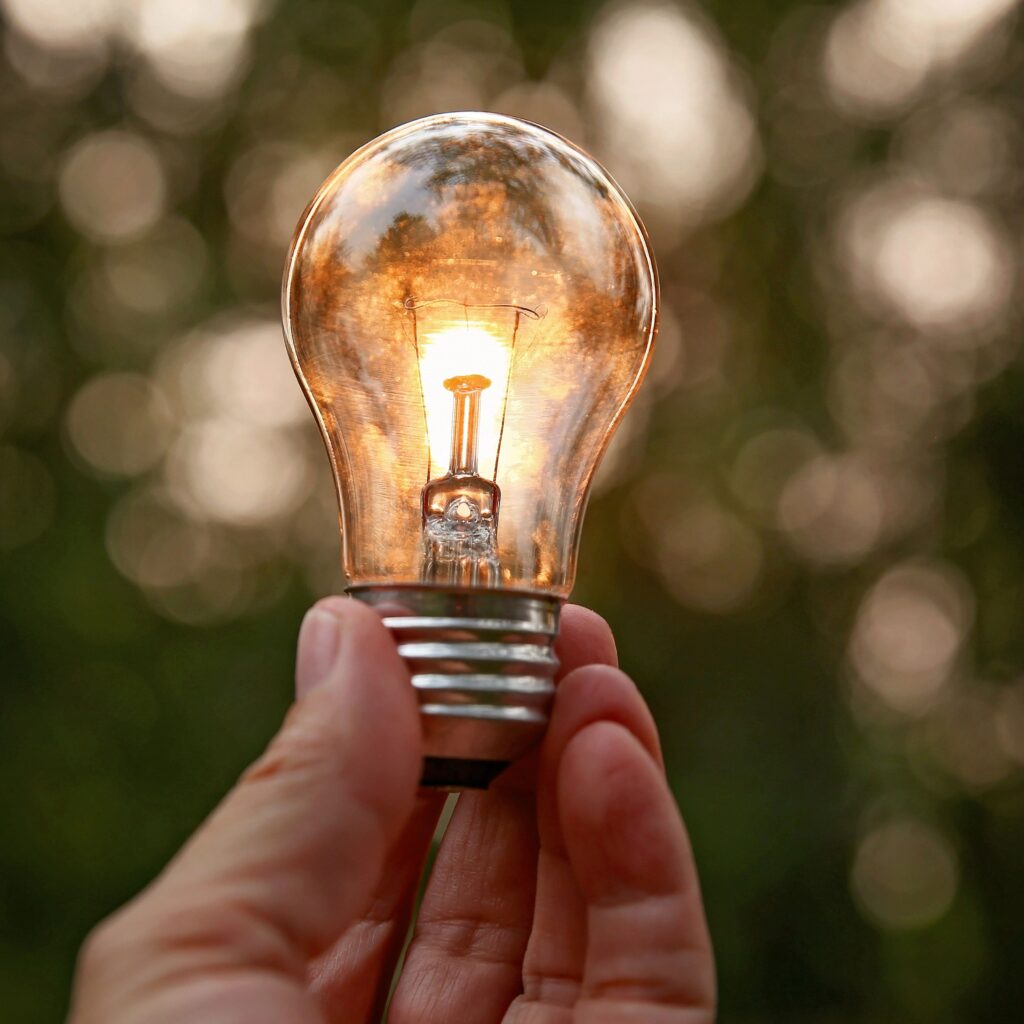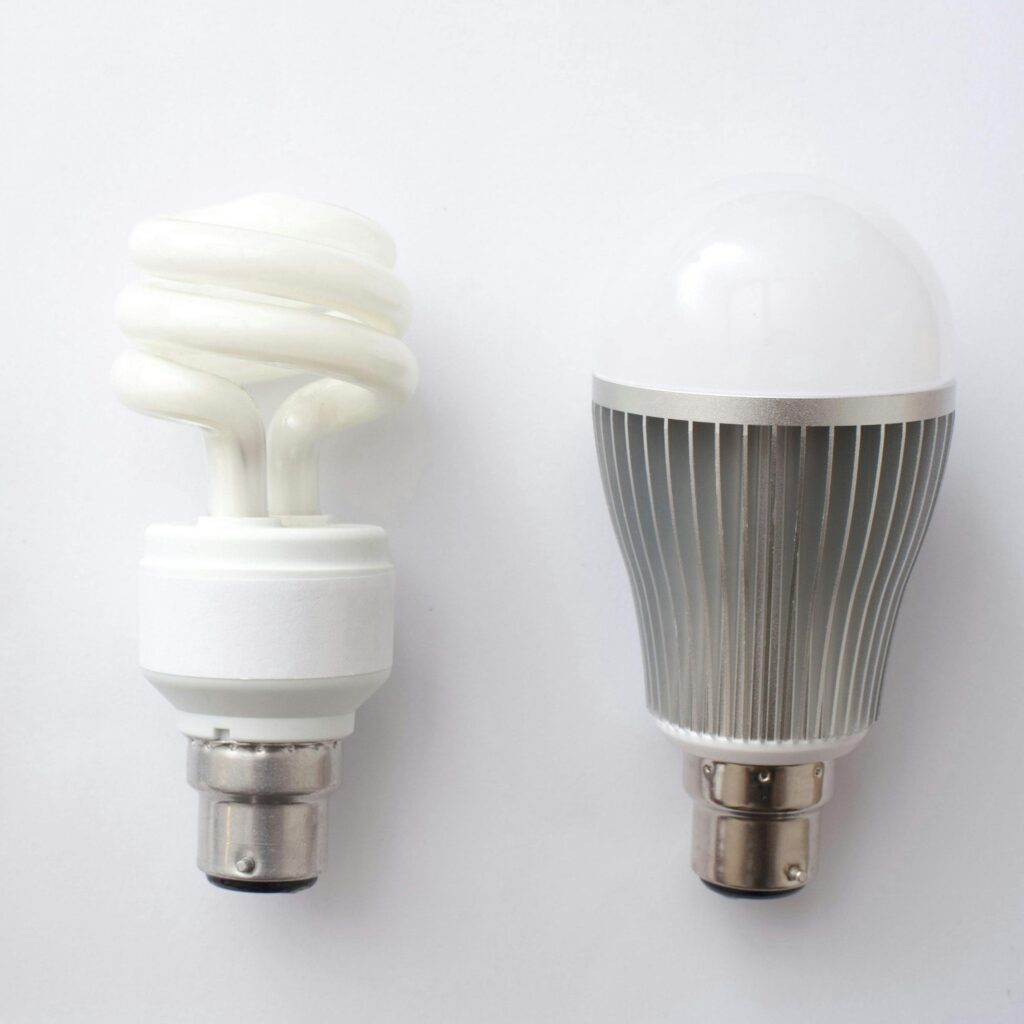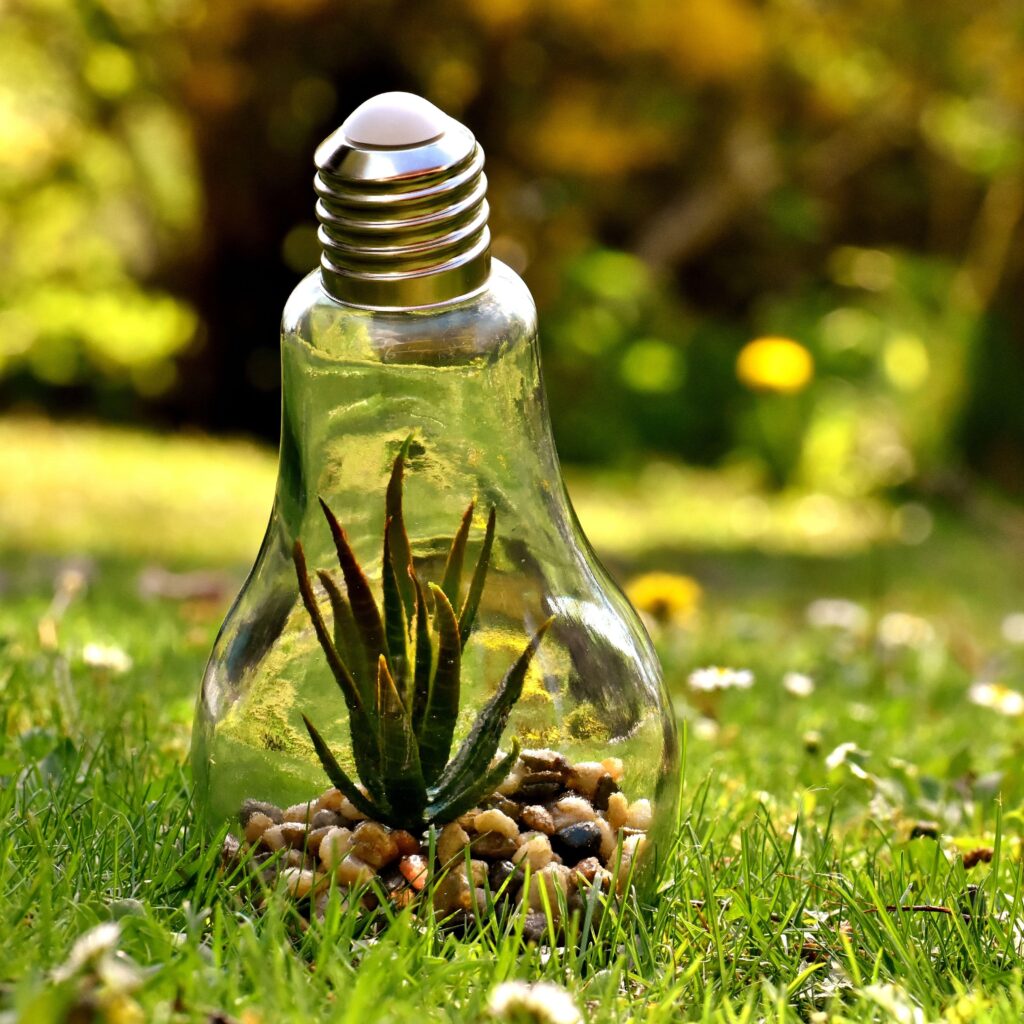[ad_1]
Last Updated on June 6, 2025
Curious what to do with a burnt-out lightbulb? Don’t just toss it in the trash – it might be recyclable.
I’m personally a big fan of LED lightbulbs. Not only are they better for the environment – hello energy saving – they’re great for your wallet. Swapping out your lightbulbs is one of the easiest ways to incorporate more sustainable tech into your home.

That said, at some point or another, lightbulbs go out. Regardless of their type (and there are quite a few – more on that later), it won’t last forever.
Here’s everything you need to know about how to recycle lightbulbs – and if you can’t, how to properly dispose of them.
what should I do with my old light bulbs?
What you do with your old lightbulbs all depends on the kind of lightbulb they are. Not all lightbulbs are built the same and each one varies in terms of recyclability.
It’s also important to note where you live will play a big factor in this, as recycling laws vary from state to state – even town to town. Always double check on your local state website for specific instructions.
Many people wishcycle lightbulbs, tossing them into the recycling bin, assuming it will be taken care of. However, you cannot put lightbulbs in the recycling bin.
Most curbside recycling programs are unlikely to accept them due to wires being hard to separate from the glass or contain hazardous waste materials.
That said, there are some ways to recycle lightbulbs outside of curbside recycling. But first, it’s important to know what type of lightbulb you’re dealing with.
Here’s a quick run-down of lightbulb types:
- Incandescent: Typical, old-school lightbulbs you probably have in your table lamp. Also found in car headlights. They often have a warm light with a vintage design.
- Halogen: These may be found in car headlights and underlighting of kitchen cabinets. Halogen lightbulbs have tungsten filaments housed in a quartz capsule and filled with iodine and bromine gases.
- Compact fluorescent lightbulbs (CFL) + Fluorescent tubes: Tend to be found in retail spaces and warehouses. Contain hazardous substances like mercury, lead, and cadmium. They’re typically long, thin tube shaped lights, but compact versions often have a spiral shape.
- Light-emitting diode (LED): These have become popular in residential, retail, vehicles and office spaces. They typically resemble traditional incandescent lightbulbs in design.


are light bulbs recyclable or not?
Certain lightbulbs are recyclable but not with curbside recycling. Incandescent lightbulbs cannot typically be recycled (unless via Terracycle – a paid mail-in service) and must be disposed of via household trash. It’s recommended to double bag for safety.
However, the kind of lightbulbs that can be recycled include LEDs, Halogens, Fluorescents, and CFL. Be mindful that these are not often accepted for curbside recycling, but rather with mail-in or drop-off programs.
It’s important to note some areas may prohibit disposal and/or require lightbulb recycling. According to the EPA, the following states prohibit CFLs and other mercury-containing lightbulbs from being discarded into the landfill: California, Maine, Massachusetts, New Hampshire, Vermont, Washington.
As a general rule, it’s a good idea to brush up on your local state/county recycling laws to see what’s allowed near you. Checking your local waste management or .gov website can help you with this.
RELATED: How to Recycle Cellphones + Why You Should


how do you recycle light bulbs?
You recycle lightbulbs by finding adequate drop-off locations that will take them off your hands, or mail-in services. Some states do offer limited curbside recycling of certain lightbulbs (ex: California offers recycling for CLFs). Make sure to double check.
Here are some ways to recycle lightbulbs:
- Local recycling centers and retailers that have recycling programs
- Retailer recycling programs (Lowes, Home Depot, Ikea)
- Municipal hazardous waste facilities or safe disposal events
- Terracycle (you can mail-in traditional, incandescent, and halogen lightbulbs for recycling – but you do have to pay for this service)
- Mail-back services (some bulb manufacturers and other organizations sell pre-labeled recycling kits that allow you to mail used bulbs to recycling centers – like Ecolights, Lampmaster and Bulbcycle)
When in doubt, be sure to check Earth911 to see where to recycle lightbulbs near you – just punch in the kind of bulb it is and your zip code.
Please note that if a lightbulb is broken, even if it’s a type of bulb deemed recyclable, it needs to be disposed of properly. Use gloves or pick up with a cloth to avoid getting hurt. If it’s a broken CFL, or any bulb that contains mercury, here’s what the EPA recommends for cleanup.
does home depot recycle bulbs?
Yes, Home Depot does recycle Compact Flourescent Lightbulbs (CFL) as long as they’re not broken. The recycling bin is typically marked at the entrance of the Home Depot and they usually ask you to put it in the plastic bag provided before placing it in the bin. Recycling is free of charge.


upcycling lightbulbs
If you’re crafty and have the time, consider upcycling old lightbulbs into a fun craft! This is a great way to give it a new life without sending it to a landfill.
Here are a few lightbulb craft ideas to inspire you:
Did you find this guide for recycling lightbulbs helpful? Let me know in the comments!
[ad_2]